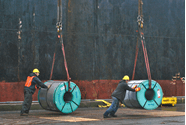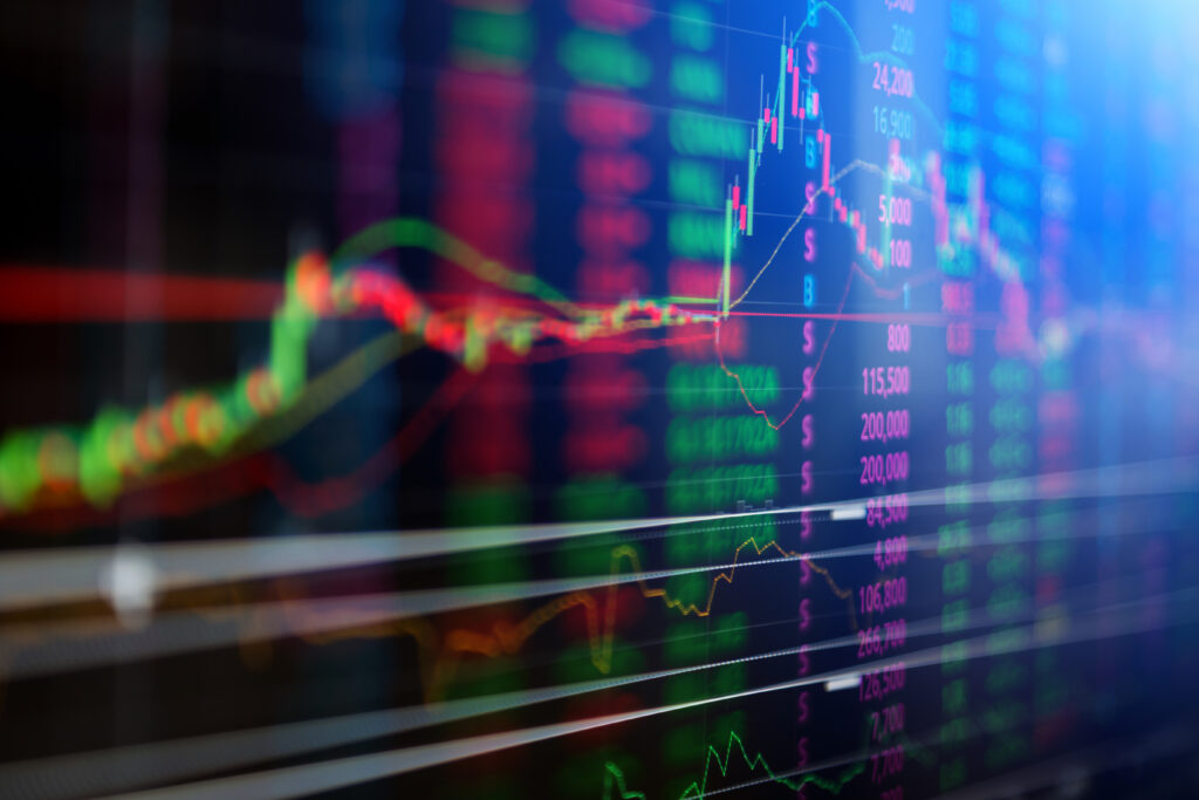Product

August 26, 2022
Traders Help Industry Navigate Through Turbulent Times
Written by Laura Miller
Although traders can sometimes get a bad rap, they play an important role in the steel industry and aren’t going anywhere anytime soon, according to a trade panel speaking at the 2022 SMU Steel Summit conference in Atlanta.
As Jerry Richardson, president of CSN LLN, pointed out, traders play many roles. From complying with trade remedy laws to dealing in foreign languages, understanding metric specifications and export packaging, dealing with procurement and sales, currency and banking, and more, trading is a complicated business, and traders can help companies that want to move steel to navigate through it all.
It’s a “crazy, risky business,” said Murat Askin, founder, and CEO of StaalX, with geopolitical, economic, and legislative woes to constantly deal with. In 2021, steel became very scarce and there were a lot of shortages, so traders had to be creative in rushing imports in and traversing through the landmines.
Responsible traders help to provide some order into the market, acting ethically and responsibly so as not to disturb a market, noted Jose Gasca, managing director of Metrading International. Additionally, traders must always act with an environmentally- and socially-responsible mindset, he said.
Lewis Leibowitz, trade attorney and regular contributor to the SMU newsletter, provided an important SWOT analysis showing the main areas of strength, weakness, opportunities, and threats for traders. “Traders are a vital cog in the economic machine of the world,” he noted.
With the Section 232 tariffs mostly still in place in the US, and some countries having already switched to a tariff rate quota (TRQ) system, most of the panelists agreed they will remain in place for some time. Leibowitz said it is unlikely they will be abolished within 3-5 years, but he does see them being changed to adapt to current political realities. Gasca lamented issues his company has faced with TRQs and is of the opinion that they must be changed.
The panel agreed that port congestion, logistical issues, and warehousing shortages have been major issues for their business, but most foresee the problems easing through the remainder of the year and into 2023. As Gasca pointed out, “logistics are limiting the ability for someone to bring a product in on a competitive basis.”
By Laura Miller, Laura@SteelMarketUpdate.com







